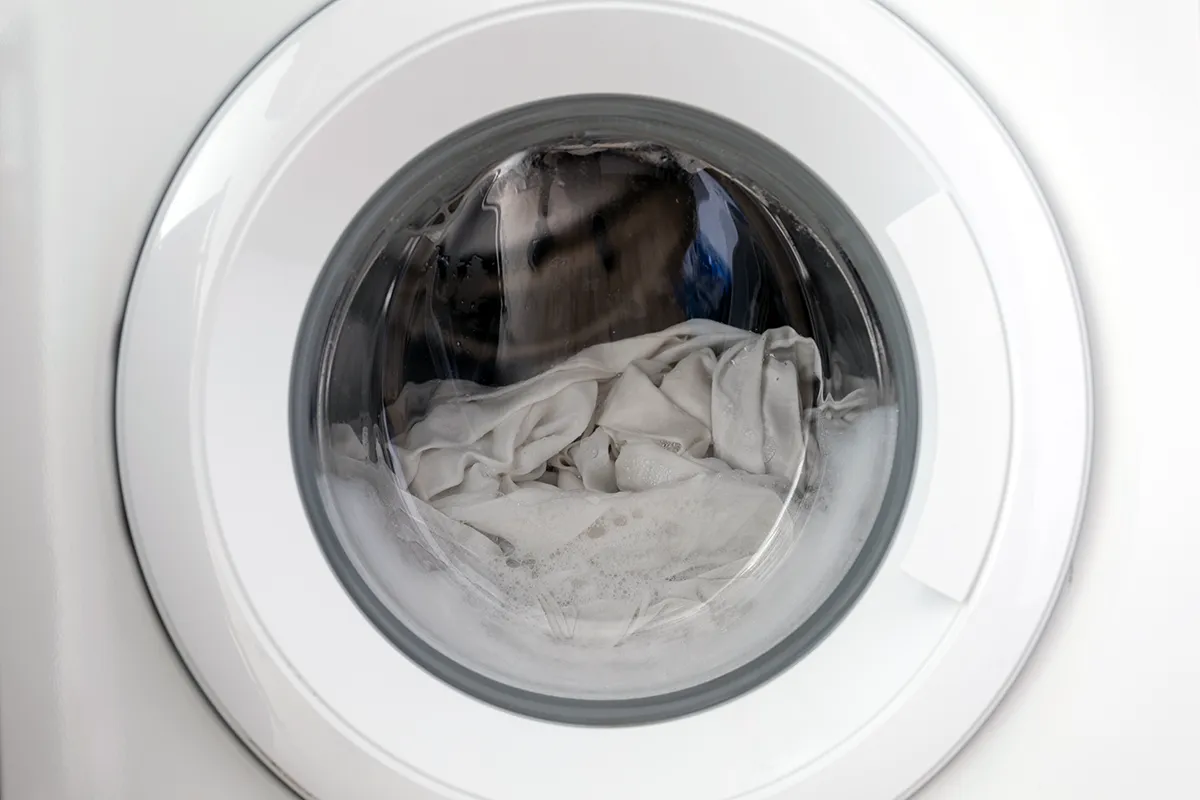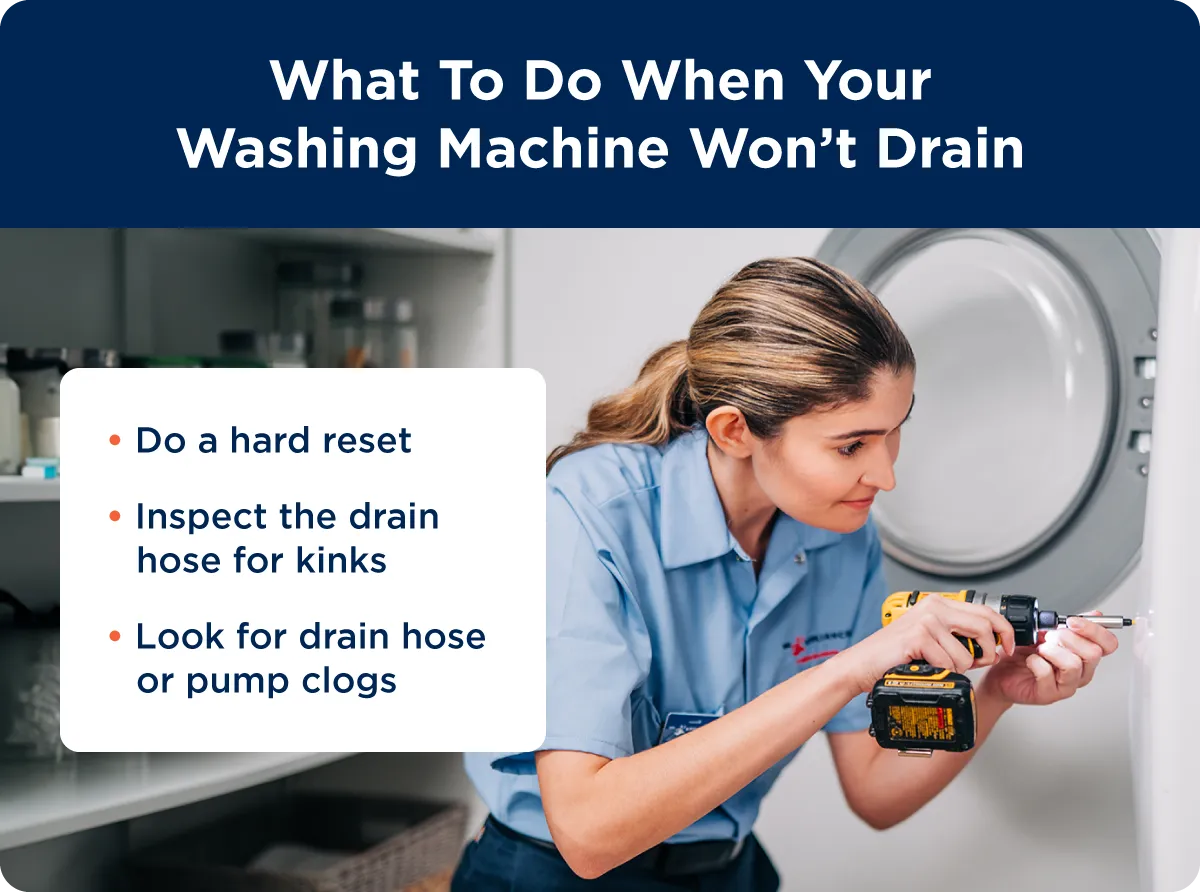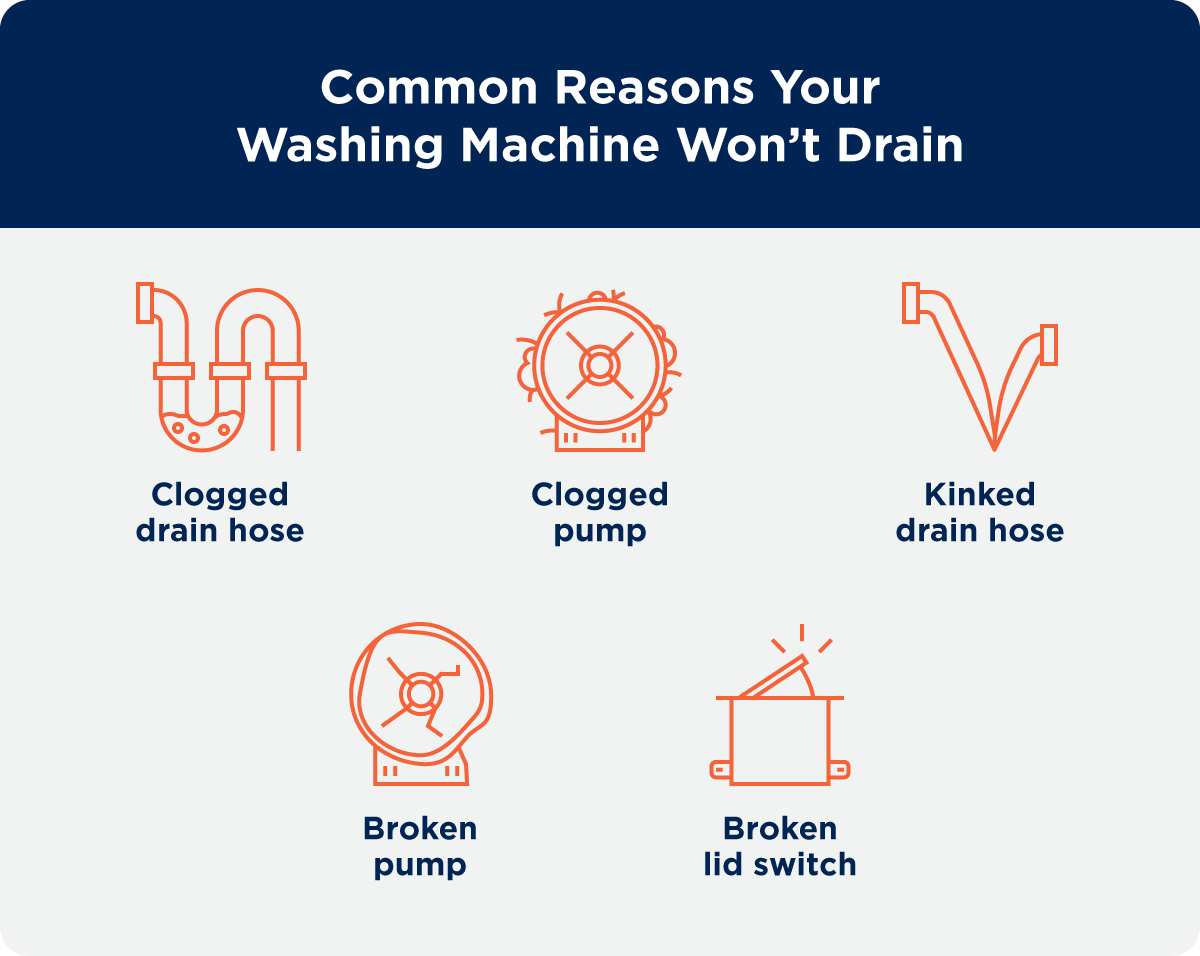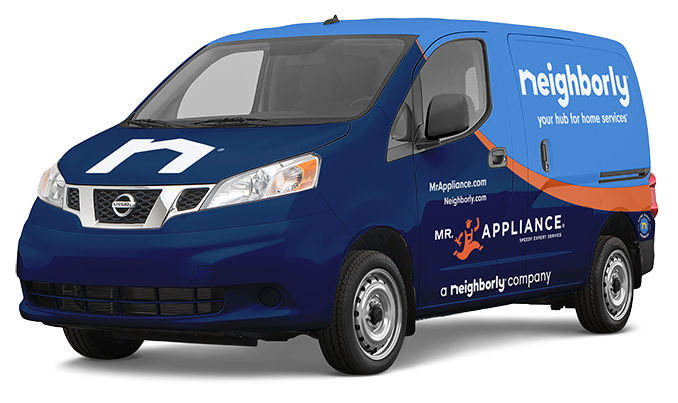
If your washing machine won’t drain, Mr. Appliance recommends these troubleshooting steps:
|
From making it impossible to wash clothes to potentially causing damage to your home, a washing machine that won’t drain is a common problem that can significantly inconvenience your household.
Fortunately, there are some common causes you can investigate to get your appliance back in proper working order. A washing machine not draining can be caused by several issues. Our appliance experts will review the common causes, provide some troubleshooting tips, and steps you can take to remedy the situation.
Troubleshooting tips:
- Perform a Master Reset
- Check the Lid Switch Assembly
- See if the Drain Hose Is Kinked
- Check the Drain Hose or Pumps for Clogs
- Clean out Filter
1. Perform a Master Reset
Unplug your washer for about one minute. Then, plug the appliance back in. . This may not work on all machines, but it’s an easy fix for a washer not draining if yours is compatible with this technique.
2. Check the Lid Switch Assembly
Top-loading washers will only drain and spin if the lid is securely closed. . A defective lid switch assembly in a top-loading washer could be why a specific washer won’t drain.
Because this is a safety switch you will need to have a service professional check your lid switch.

3. See if the Drain Hose Is Kinked
In the case of a washing machine not draining completely, a kinked drain hose could be one of the causes. Drain hoses are tubes that remove water from washing machine drums and transfer it to drainage systems. If water can’t flow freely through the drain hose, the washing machine may not drain.
To test if this is the case, adjust the hose behind the washer to make sure water can easily flow through it. If the hose is kinked, it could stop an otherwise functional machine from draining and potentially cause leaks.
4. Check the Drain Hose or Pumps for Clogs
It’s common for a sock or other small piece of clothing to get into the drain system and clog the hose or pump.
Rather than risk further damage to the appliance trying to fix this yourself and wasting time, it’s best to enlist the help of an experienced service professional. These experts have the knowledge and tools to diagnose the issue and perform comprehensive repairs, such as removing clogs from drain hoses and pumps.
5. Clean Out the Filter
Some washers have a filter designed to catch foreign objects before they flow into the pump. Front loading washers usually have a panel designed for easy access in the front.
If your washer has one, it may be useful to clean it out and remove any obstructions that could be blocking water from properly draining. Have a bucket and towels ready.

Common Reasons Your Washing Machine Won’t Drain
There are various reasons your washing machine won’t drain properly, including:
- Clogged drain hose
- Clogged pump
- Kinked drain hose
- Broken pump
- Broken lid switch
If you’ve tried the troubleshooting tips above and your washing machine still isn’t draining, it’s best to consult an appliance repair professional. They have the expertise to diagnose and repair the problem efficiently.

Trust Mr. Appliance for Washing Machine Repair
If these troubleshooting tips don’t solve the problem, you could have a broken water pump or drive belt. These components require professional repair or replacement to get your machine working properly again.
Whether you have a washing machine not draining or a dryer that won’t start, your local Mr. Appliance is here to address your appliance needs. Our experienced local service professionals will efficiently and effectively restore your washing machine to good working order.
Schedule service with Mr. Appliance today.
Frequently Asked Questions About The Washing Machine Not Draining
Decades of experience, highly skilled service professionals, and a commitment to exceptional customer service have made Mr. Appliance a trusted leader in appliance maintenance and repairs. Our commitment to keeping your appliances up and running includes using our many years of experience and expertise to answer your questions. Here are answers to some of the most frequently asked questions about washing machine repair.
Why is my washing machine not draining?
The most common culprits when your washing machine isn’t draining include a clogged drain hose, filter, or pump, or a faulty lid (top-load) or door (front-load) switch. Sometimes, a kinked hose or a load imbalance can also stop your washer mid-cycle. Identifying the root issue early can prevent water damage and extend your appliance’s lifespan.
What should I check first when my washer won't drain?
If your washer is not draining while displaying an error code, check your manual and follow the manufacturer’s recommended steps. If you have a model without a display or your washer isn’t displaying an error code, start by unplugging the washer and checking the drain hose for blockages or kinks. Then, inspect the lint filter (if your model has one) and confirm the lid (top-load) or door (front load) closes and latches. These basic checks can often resolve minor drainage issues when your washer won’t drain.
Can a clogged pump cause my washing machine to not drain?
Yes, a clogged pump is one of the most common reasons a washing machine won’t drain. Articles of clothing, debris, or detergent buildup can clog the drain pump, preventing water from exiting the washer. If your washing machine is making strange noises or not draining at all, the pump might be the problem. If you’re unsure how to check your pump for clogs, call your appliance expert.
Is it safe to manually drain my washing machine?
While it’s generally safe to manually drain your washing machine, don’t attempt it yourself if your washer is leaking or has electrical issues. Instead, call an appliance professional.
For a DIY washing machine draining, follow precautions and prepare by always turning off and unplugging the washer. Consider wearing gloves since you’re dealing with discharge water.
Can using too much detergent cause drainage problems?
Yes, using too much detergent can lead to excessive suds and buildup in your hoses, filters, and other components, which may interfere with proper draining. Over time, detergent and fabric softener buildup can also clog internal components and impact your washing machine’s pump performance.
To prevent drainage problems, stick to manufacturer-recommended detergent and fabric softener amounts, run cleaning cycles, clean the pump filter, and inspect the drain hose regularly.
When should I call Mr. Appliance for washing machine repair?
If you’ve taken troubleshooting steps you feel comfortable performing on your own and your washer won’t drain, it’s time to call your local Mr. Appliance. Our experienced service professionals can inspect the appliance, walk you through the repair options, or recommend a new washing machine if needed—quickly and professionally.
This article is intended for general informational purposes only and may not be applicable to every situation. You are responsible for determining the proper course of action for your home and property. Mr. Appliance is not responsible for any damages that occur as a result of this blog content or your actions. For the most accurate guidance, contact the Mr. Appliance location nearest you for a comprehensive, on-site assessment.
